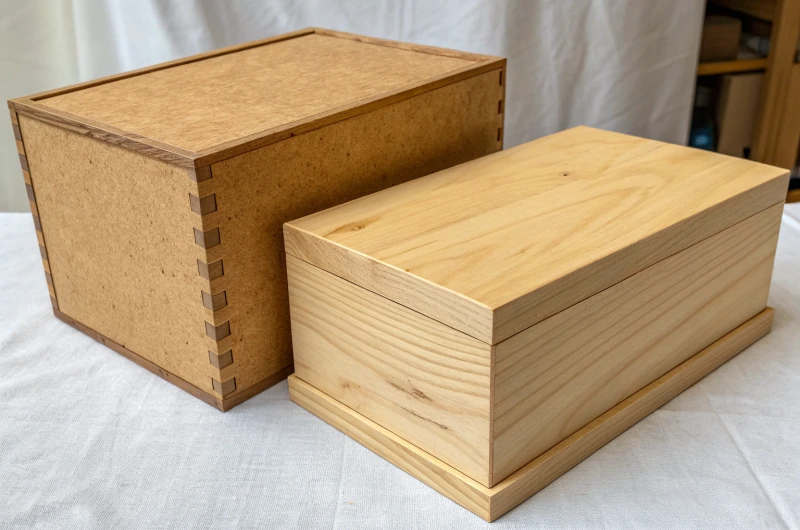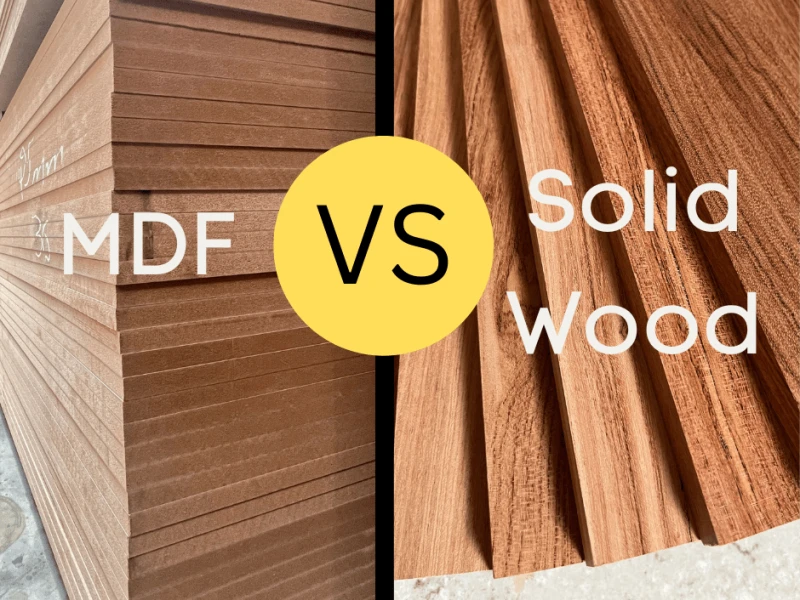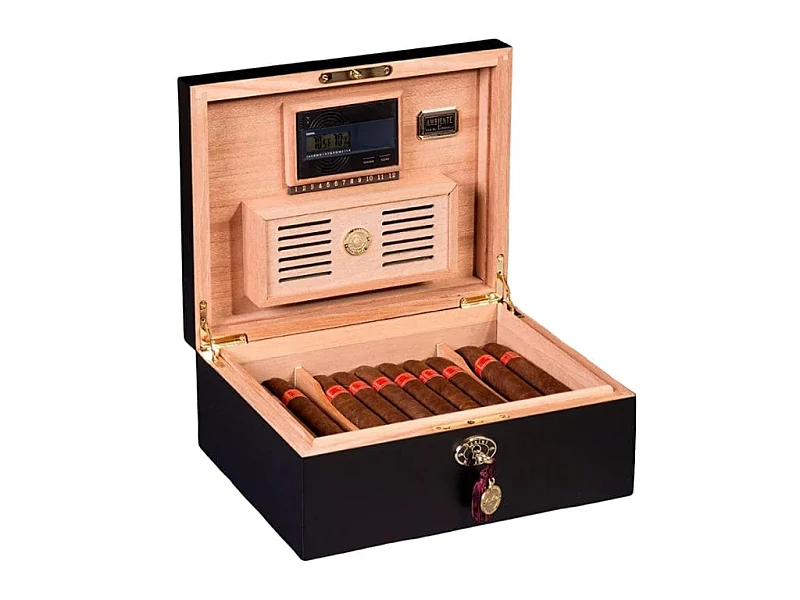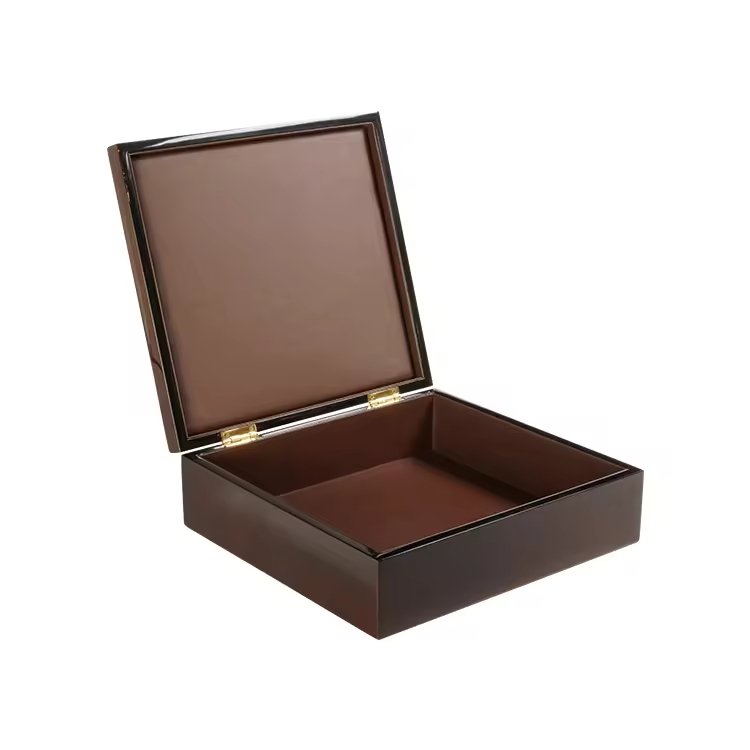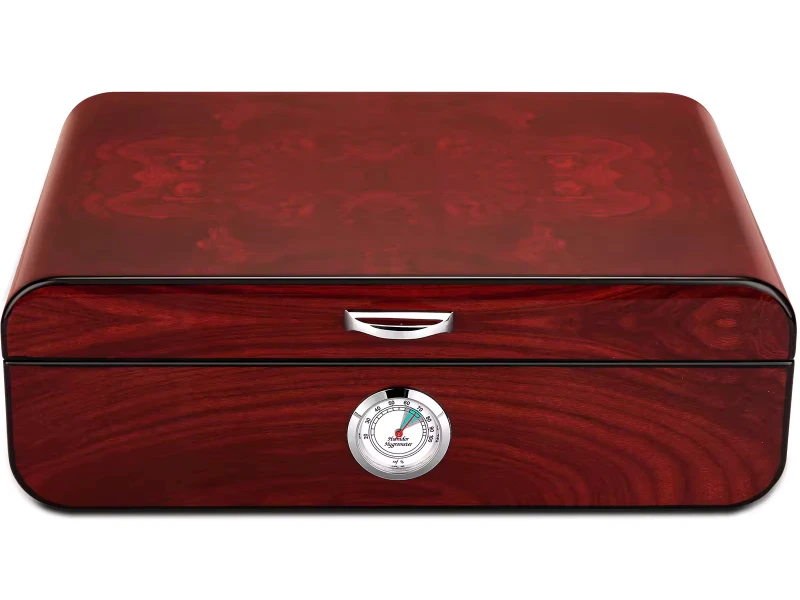
Luxury buyers love soft inserts, but cigar collectors often worry about long-term risks.
Soft inserts protect cigars and improve presentation, but they may cause odor interference, humidity imbalance, or deformation if poorly designed.
I have worked with many clients facing this dilemma. Let’s explore the benefits, the risks, and how to make smart choices.
What types of soft insert materials (foam, velvet, microfiber, leather) are commonly used in cigar boxes?
Different materials offer different looks and functions.
Foam, velvet, microfiber, and leather are the most common insert materials, each with unique pros and cons.
When I design cigar boxes, clients often request inserts to secure cigars neatly. But the material matters a lot because cigars are sensitive.
Common insert materials
| Material | Luxury Appeal | Comfort | Risk Factors | Typical Use |
|---|---|---|---|---|
| Foam | Low | High | Odor, aging | Low-cost packaging |
| Velvet | High | Medium | Dye transfer | Premium gift boxes |
| Microfiber | Medium-High | High | Synthetic odor | Mid to high-end |
| Leather | Very high | Medium | Strong smell | Luxury limited editions |
Observations
- Foam is cheap and protective, but it ages badly and can release smell.
- Velvet feels rich, but dye may bleed under humidity.
- Microfiber offers balance, but must be tested for synthetic chemical odor.
- Leather looks premium, but its natural smell can interfere with cigar aroma.
Every choice has trade-offs, so the right material depends on the client’s priority: presentation or preservation.
Could soft inserts release odors or chemicals that may affect cigar flavor over time?
Yes, this is the biggest risk of non-cedar interiors.
Soft inserts may release VOCs (volatile organic compounds), adhesives, or dyes that interfere with cigar aroma over time.
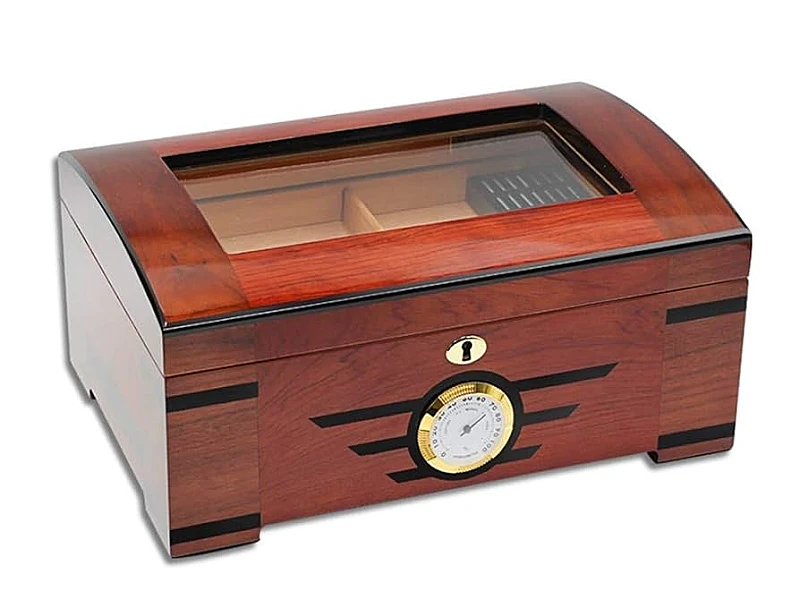
Cigars absorb surrounding odors easily. This is why cedar is trusted: its aroma complements cigars. Soft inserts, however, are not neutral.
Risks by material
- Foam: Can release chemical smell as it degrades.
- Velvet: May release dye or fabric treatment chemicals.
- Microfiber: Synthetic smell if not properly finished.
- Leather: Strong tanning smell that overpowers tobacco aroma.
I once tested a foam insert by sealing it in a humidor with cigars for one month. The cigars absorbed a faint “plastic” smell. That batch was unsellable. This taught me that inserts must always pass odor tests before production.
For long-term storage, odor neutrality is more important than looks.
How stable are these materials under long-term pressure from cigar weight and box closure?
Not all inserts keep their shape under repeated use.
Soft inserts may compress, deform, or crumble under cigar weight and box pressure, especially over years of storage.
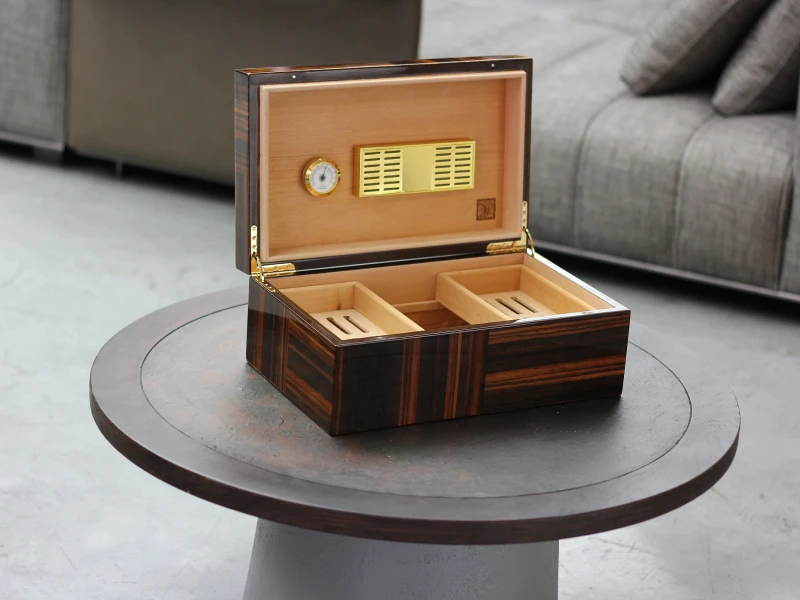
Cigars need gentle but firm support. If inserts lose shape, cigars may roll, press against each other, or even deform.
Stability overview
- Foam: Compresses quickly, loses resilience, may crumble.
- Velvet: Fabric holds, but foam backing still compresses.
- Microfiber: More durable but still prone to flattening over time.
- Leather: Retains shape better, but stitching and adhesive points may fail.
Real case
A client from Germany once sent me a damaged sample. After one year of use, the foam insert became uneven, leaving cigars pressed against the lid. Some developed wrapper cracks. We replaced the foam with cedar dividers lined in microfiber. That solved both deformation and odor issues.
This shows stability must be considered alongside presentation.
Do soft inserts impact the humidity balance compared with traditional cedar linings?
Yes. Unlike cedar, soft inserts do not regulate moisture.
Soft inserts reduce cedar’s surface area and may trap humidity pockets, which weakens overall moisture control.
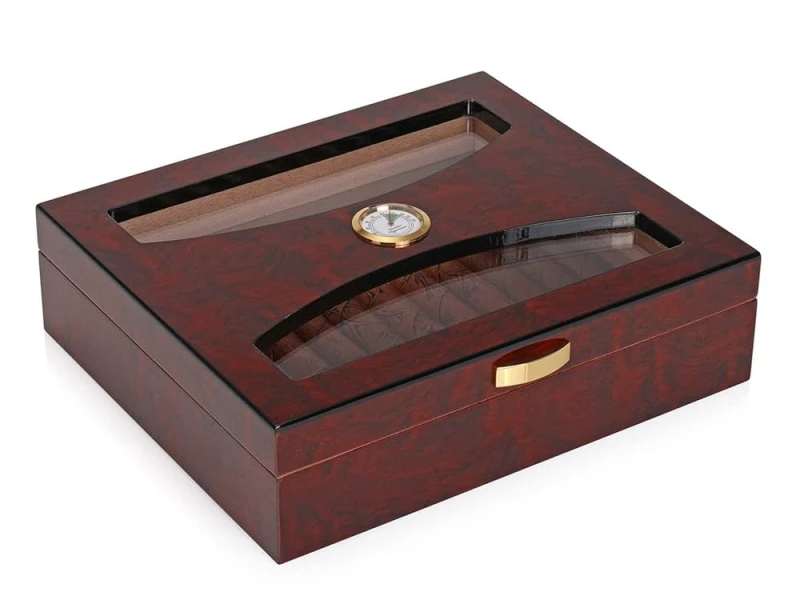
Spanish cedar is special because it absorbs and releases moisture. Inserts made of foam, velvet, or leather have no such function.
Impacts on humidity
- Reduced cedar exposure: Less surface area to buffer humidity.
- Humidity pockets: Fabric layers may trap moisture unevenly.
- Odor risk: Higher humidity accelerates chemical release from adhesives.
In one test, I placed cigars in two identical boxes: one with cedar lining, one with velvet inserts. After two weeks, the velvet box had unstable humidity swings, and the cigars felt drier. This proved inserts interfere with cedar’s natural role.
For this reason, inserts should never completely replace cedar lining.
What testing methods (odor test, compression test, aging test) can verify insert safety for cigars?
Simple tests can reveal long-term risks before mass production.
Odor tests, compression tests, and accelerated aging tests help confirm whether inserts are safe for storing cigars.
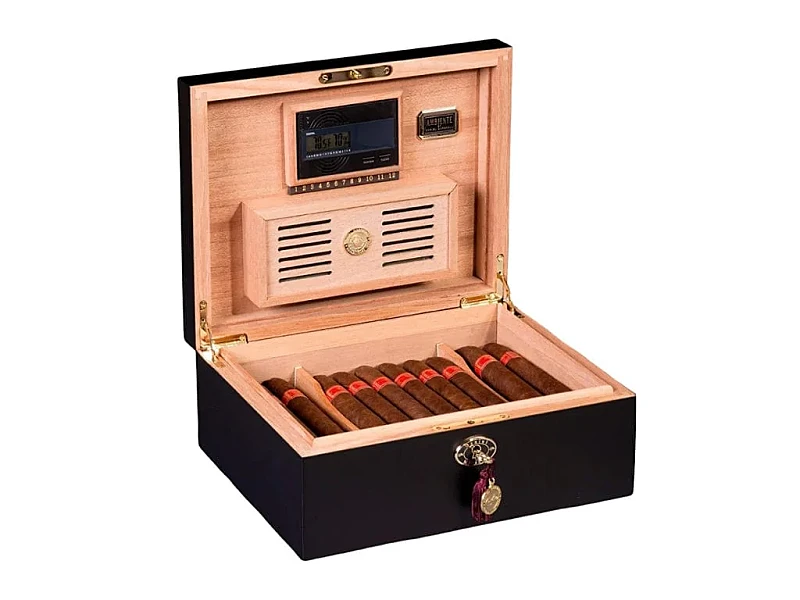
Common tests
- Odor Test: Seal material in a small box with cigars for 7–14 days. Check for smell transfer.
- Compression Test: Place weighted cigars for weeks. Measure deformation.
- Aging Test: Store insert under high humidity and temperature to simulate one year of use.
Why this matters
Cigars are sensitive, so even a small odor or pressure issue makes a box useless. Testing before production prevents expensive recalls.
In my workshop, we never approve new insert materials until they pass at least 2 weeks of sealed odor testing. Clients appreciate this, as it protects their brand reputation.
How can manufacturers design inserts that combine protection, luxury aesthetics, and cigar preservation?
Smart design combines both cedar function and soft luxury details.
The best inserts use soft materials for touch and appearance, but keep cedar as the main structural and humidity-control layer.

Design strategies
- Hybrid construction: Cedar trays with soft-lined dividers.
- Selective inserts: Soft material only where cigars touch lightly.
- Removable inserts: Allow cleaning, replacement, or upgrade.
- Neutral adhesives: Use low-odor, tested glues.
Example solution
One of my clients wanted velvet inserts for a limited edition. We built cedar dividers and applied velvet only to the top surface. Cigars touched velvet for luxury feel, but the cedar below controlled humidity. The result looked premium and worked perfectly.
This balance proves you do not need to choose between luxury and function. With careful design, you can have both.
Conclusion
Soft inserts look elegant, but without smart design, they risk odor, deformation, and humidity imbalance. Balance is key.
Brand Name: WoodoBox
Slogan: Custom Wooden Boxes, Crafted to Perfection
Website: www.woodobox.com
WhatsApp: +86 18359265311

